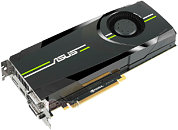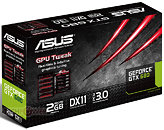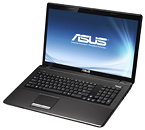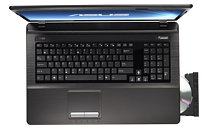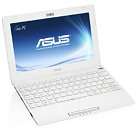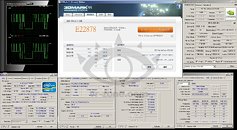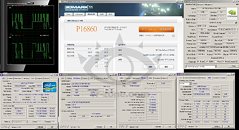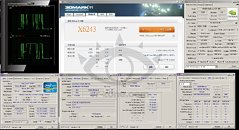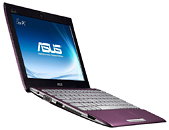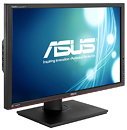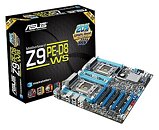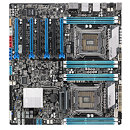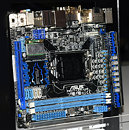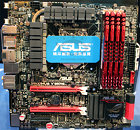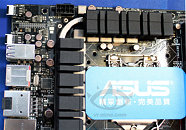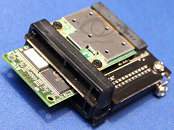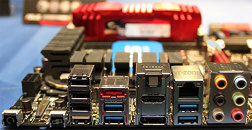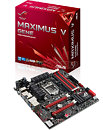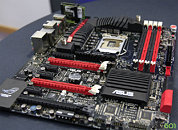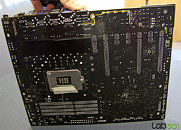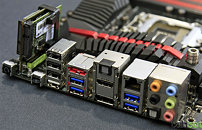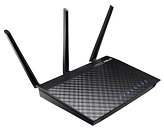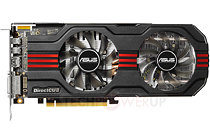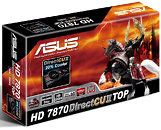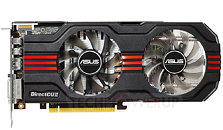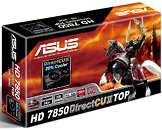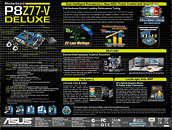ASUS unveiled a new mini-ITX motherboard based on the Intel Z77 chipset, supporting LGA1155 processors, the P8Z77-I Deluxe. Despite is ultra-compact form the designers crammed in as many features as possible, including a powerful 10-phase Digi+ VRM. ASUS found an ingenious way of designing the VRM area, by raising it to a (fixed?) add-on card north of the CPU socket. This VRM riser has the electrical controller, the 10-phase VRM, complete with chokes, drivers, and FETs, and a MOSFET heatsink. This board is one of the few of its form-factor that draws power from an 8-pin EPS, apart from the 24-pin ATX.
The LGA1155 socket is wired to two full-length DDR3 DIMM slots, supporting dual-channel DDR3 memory, and a PCI-Express 3.0 x16 slot. There are four SATA ports on board, two each of SATA 6 Gb/s and 3 Gb/s. Connectivity includes 6-channel HD audio with 7.1 channel optical SPDIF output, four USB 3.0 ports (two front, two rear), gigabit Ethernet, wireless b/g/n network controller, and a number of USB 2.0 ports. The board features UEFI BIOS, and USB BIOS Flashback. Expect the ASUS P8Z77-I Deluxe to launch in April. More variants, based on this exact design, can be expected.

